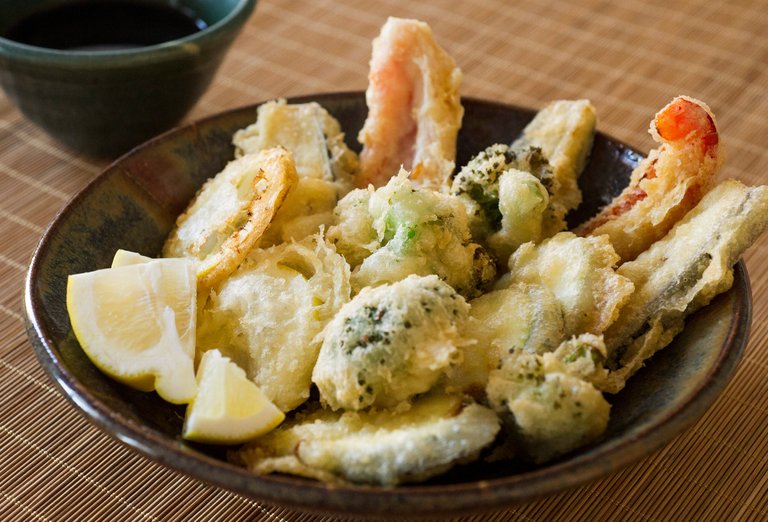
Speaking of Japan's food culture, one of the names on the top of the list of foods is 'Tempura'. Although Japan has a long history with Tempura, the amazing thing is that its origin is not in Japan, but in Portugal. Tempura has a great reputation around the world for its extraordinary taste and unique variety. But the question is, how to eat this tempura? What are the reasons behind the region's differences in its origin and spread?
History
In 1543, three Portuguese sailors sailed for Macao on a Chinese ship. They are Antonio da Mota, Antonio Peixoto and Francisco Jaimoto. However, when faced with adverse weather, they resorted to an island to save their lives. It was Tanagashima Island in Japan. All three are the first to enter Japan from Europe to Japan.
The island's inhabitants consider them members of a no-nonsense barbarian and barbaric nation. Without realizing the characteristics of the Japanese among them, they realize that the sailors are foreigners and as a result, they are treated unfairly by the people of Tanigashima. Japan's civil war continued to grow day by day, and at one time they needed to import various weapons, especially guns, for which they were seeking refuge in Portugal. Thus, the Japanese people used to import soap, wool, tobacco, and even food recipes in the gun business.
Portuguese traders were expelled from Japan in the 1639. Because then-ruler Shogun Amitso thought that Christianity could become a curse for Japan. They leave the island of Tenagashima, but their influence is still clearly noticed in Japan's food culture. The famous dish Pexinhos da Horta made with ice was contributed by the Portuguese, now known as 'tempura' in Japan.
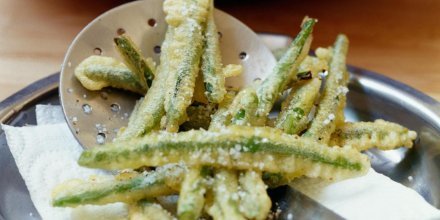
Interestingly, Portugal has influenced the cuisine of different countries of the world and has contributed significantly to the process of making them. Portugal's authority is especially noticeable in Italy, Spain and France. The Portuguese stayed in Goa, India for about five years. Then they made the Carna de Vinha D'Holos with pork, garlic and wine, which became known to the Goa residents as Vindallo. It is to be noted that this dish is currently one of the most popular dishes in India.
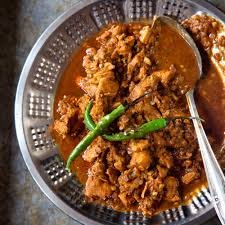
Many small and large Malaysian dishes became known to that country with the help of Portuguese businessmen. And the Portuguese's contribution to the area's famous dish, Spicy Stew Debal. The source of the Brazilian national food 'phezoda' is Minho, the northern region of Portugal. This dish made of pork is nowadays found in places where the Portuguese once traded, such as Goa, Mozambique, Angola, Macao and Cape Verde, India. In addition, egg tarts and pastries in Macao and South China are exactly the same as those found in Lisbon, the capital of Portugal.
Where did the word tempura come from?
The word 'tempura' comes from the Latin word 'tempora'. It means 'duration' or 'time'. In Spain and Portugal, evangelicals commonly use the word 'ember des' and 'temporara' to denote other holy days of Christianity. On such occasions, under the direction of religious leaders, Christianity stopped eating fish meat for a few days. As an alternative to these, they used to spice the barbs and soak them in oil, called paxinhos da horta. Apart from the religious context, it had other benefits.
For example, those who could not buy fish meat for financial reasons used it as an alternative. Again, many sailors would take this Paxinhos to Dr Horta before sailing. They could have been stored for a long time and they would have taken this meal as delicious. However, the technique of curing and storing a meal with salt and spices is quite old. This Paxinhose is the Tempura. But in addition to the influence of Japanese culture and taste, tempura is made using shrimp, sweet potato, mushroom.
However, it did not become known to the general public soon after coming to Japan. The main reason for this was the high cost of Tempura. However, in the Edo period (1603-1867), its value dropped significantly. As a result, these tempuras became popular not only for the rich, but also for the middle and lower classes.
The Tempura that was well known throughout Japan during the Edo period is understood to be from a regional story. The first Tokugaya shogun (samurai chief) of the Tokugaya dynasty, Yesu was aware of his own health in old age. However, he was deeply addicted to Tempura. Despite his own health, one day he was so tempted to eat tempura that he consumed too much of the tempura, which led to his death. Although many question whether this story is true or not, one thing is clear from this story is that Tempura was very popular in Edo era. In this age, instant-made low-cost, readily available and delicious foods have become a priority for all.
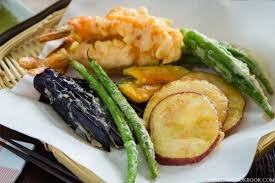
How about this tempura?
To put it simply, tempura is a lot like a pucca. Vegetable or sea fish caught! The tempura is made with flour, eggs, baking powder, starch, spices and water, along with various herbs and fish including shrimp, mulberry shrimp, barbati, asparagus, eggplant. Besides, chicken and tofu tempura are also available.
Tempura is served with spices and tensuur (sauce). Also served with soup and rice. In most restaurants, a special sauce made with mirin (rice wine), fish stock, soy sauce is served with tempura.
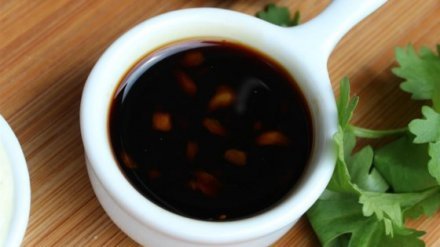
Radish and ginger are crushed over it. And the use of fruit Yuzu is very common in this dish. Tempura's connection with Udon is also very good. The udon is thick sized noodles made from wheat flour. These noodles are served in a bowl with hot soup. The type and taste of the soup varies by region. Along with this, 'ab' or shrimp udon is served. This whole set is called 'Tempura Udon' or 'Tempura Soba'. Demand for this dish is high on winter days. Macha and wasabi powder are most appreciated in the spices.
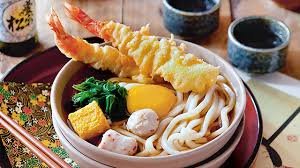
Any restaurant that specializes in making tempura is called 'tempura-ya'. To buy this dish in excellent quality tempura-ya, it costs 5000 yen or more.
Source : roar.media/bangla/main/food/where-is-the-main-source-of-japanese-tempura/
View this post on TravelFeed for the best experience.
Congratulations, Your Post Has Been Added To The Steemit Worldmap!
Author link: http://steemitworldmap.com?author=donate-charity
Post link: http://steemitworldmap.com?post=where-is-the-main-source-of-tempura-in-japan
Want to have your post on the map too?
@vancouverdining